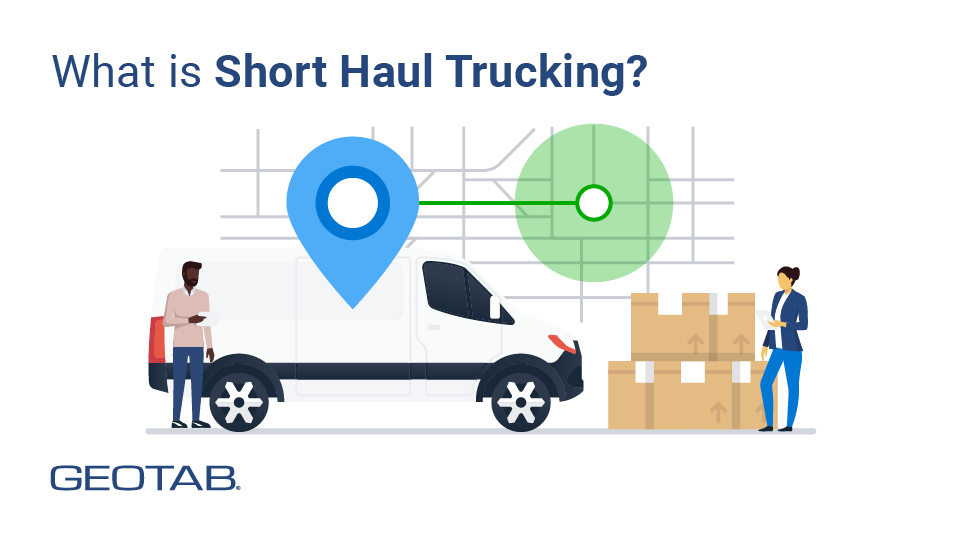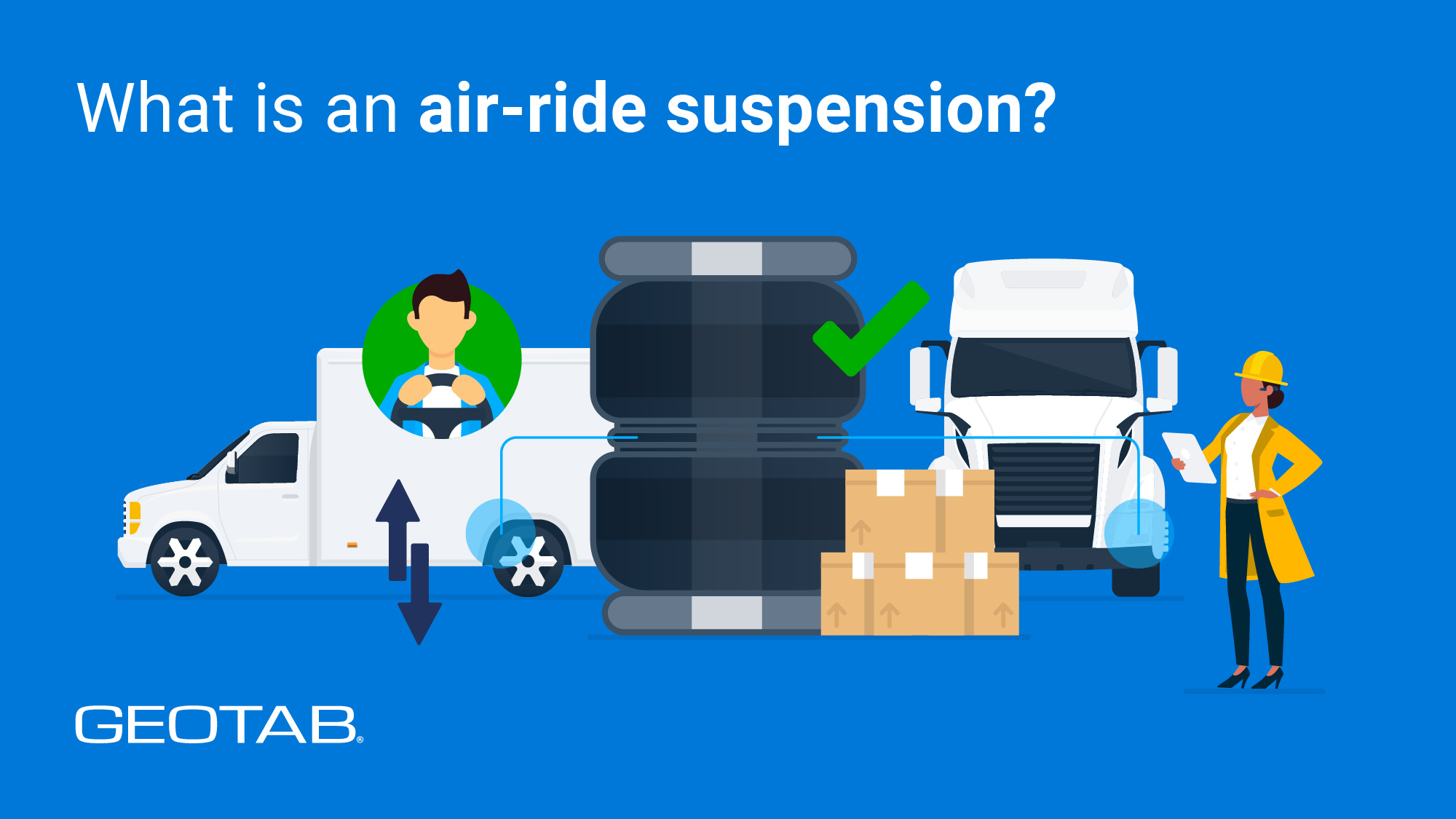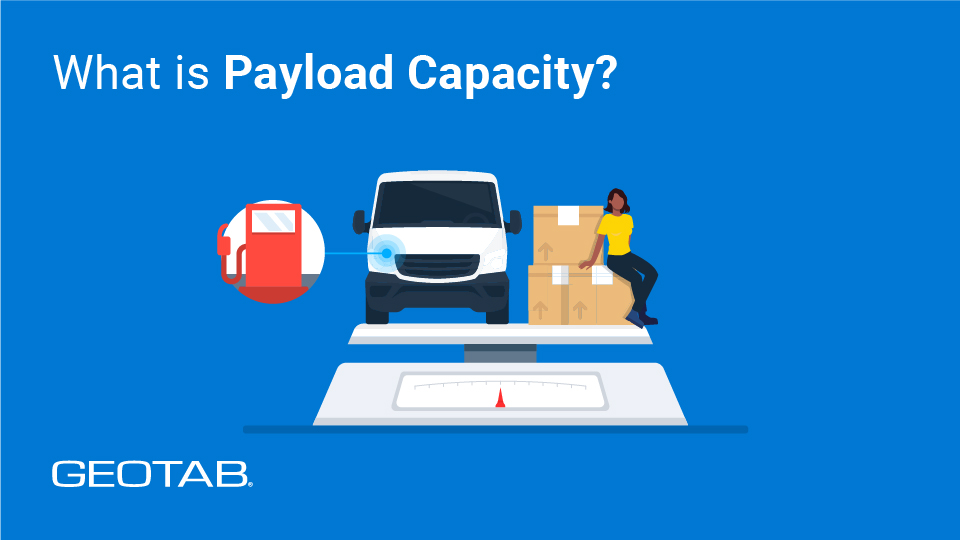What is short haul trucking
March 20, 2025
•4 minute read

Key Insights
- Short haul trucking is the transportation of goods, material, and other freight over shorter distances, typically within a 150-mile radius but not more than 250 miles.
What is short haul trucking?
Short haul trucking is the transportation of goods, material, and other freight over shorter distances, typically within a 150-mile radius but not more than 250 miles. If a truck carries freight farther than that, it is considered long haul trucking. Both types of trucking play a key role in supply chains, but short haul trucking is vital for local and regional distribution processes and last-mile logistics.
In this glossary blog post, we will look at the different types of short haul trucking, compare it with long-haul trucking, analyze its advantages and challenges, summarize financial considerations, and conclude with insights into how to become a short-haul trucker.
Different types of short haul trucking
There are two main types of short haul trucking: regional and local. While the primary difference between the two is how far trucks tend to travel with their shipments, there are other distinctions as well.
Regional short haul trucking
Regional short haul trucking describes the transportation of goods on trips ranging between 100 and 250 miles. It usually covers a broad range within a specific geographic region, such as the Midwest or Northeast. Because these routes may extend up to 250 miles, they often require drivers to operate across state lines. This makes it important to know the different laws governing each state on a regional route.
Local short haul trucking
Local short haul trucking involves deliveries within a radius of less than 100 miles, often within a single city or metro area. Local trucking is essential for industries like retail, food service, and construction where timely deliveries and multiple stops are required throughout the day. Local drivers are more likely to deal with traffic lights, pedestrians, and other challenges of smaller streets as they often operate on city roads. This is why local trucking also relies more on smaller vehicles rather than 18-wheelers.
Short haul vs long haul trucking
Both short haul trucking and long haul trucking are essential to supply chains for all kinds of industries, but there are key differences between the two, including:
Key differences between short and long haul trucking:
- Distance: Short haul trucking routes never go farther than 250 miles and long haul trucking routes are typically more than 500 miles per trip.
- Home and travel time: Short haul drivers usually return home daily or every few days, while long-haul drivers may be on the road for weeks.
- Vehicle type: Short haul trucking relies on smaller vehicles like day cabs and box trucks that can better handle smaller streets and frequent stops. In contrast, long haul trucking typically requires 18-wheelers with sleeper cabs.
- Schedule: Short haul trucking offers more predictable daily and weekly schedules for drivers. Long haul trucking work schedules can vary widely depending on the route and load.
- Pay structure: Long haul drivers usually make more money from being paid per-mile rather than the hourly wage of most short haul drivers.
Pros and cons of short haul trucking
As a career, short haul truck driving offers both advantages and disadvantages, including:
Pros:
- Good work/life balance: Short haul truckers enjoy more time at home and spend fewer nights traveling for their job. This makes it easier to balance work demands with their outside interests and family life.
- Predictable schedule: Fixed routes and regular hours give short haul drivers more consistency in their work schedule than long-haul jobs, which can require weeks on the road at a time.
- Exemption from HOS requirements: Short haul truckers who travel within a 150 miles radius of their normal work reporting location and do not work longer than 14 hours at a time are exempt from FMCSA’s Hours of Service rules. This spares short haul drivers from the paperwork and regulations that long haul truckers must follow.
- Familiarity with routes: Delivering goods to the same region or localities over time can help short haul drivers become experts in navigating local roads—reducing driver stress and simplifying their work.
Cons:
- Managing city roads: Short haul trucking often requires drivers to navigate busy city traffic and smaller roads. This can make short haul truck driving less smooth than long haul trucking.
- Lower compensation: Short haul drivers are often paid an hourly wage, so they usually earn less than long haul drivers who are paid by the mile plus bonuses. Even if short haul drivers are paid by the mile, their shorter routes and increased traffic risk can further reduce their compensation.
- Multiple stops and unloads: Short haul drivers make multiple stops and unload individual deliveries each day. Their work tends to be more physically demanding than long haul trucking drivers because it involves loading and unloading goods.
Financial aspects of short haul trucking
Earning potential
Short haul truckers' earnings vary based on location, industry, and driver experience. According to the U.S. Bureau of Labor Statistics (BLS), the 2023 median annual pay for delivery truck drivers is $39,950 USD, or $19.21 USD hourly. This is in contrast to long haul trucking, which has a median salary of $54,320 USD.
Cost of operations
Short haul trucking typically has lower fuel costs and on-the-job expenses than long-haul trucking because drivers travel shorter distances and usually spend their nights at home. However, other short haul trucking costs include:
- Vehicle wear and tear: Frequent stops, longer idling and city driving can still take a toll on short haul trucks even if they travel fewer miles than long haul trucks. Be sure to adopt predictive maintenance on vehicles so you can avoid breakdowns and more costly repairs.
- Insurance costs: Insurance is still required for short haul trucking. That said, insurers typically factor in mileage when setting insurance premiums, so short haul trucking usually has lower insurance costs than long haul trucking.
- Tolls and city parking: Short haul truckers tend to drive more through urban areas, which can make it more likely they have to pay tolls and parking fees depending on their routes.
How to become a short haul trucker
Qualifications and licenses
To become a short haul trucker, you must obtain a Commercial Driver’s License (CDL). This CDL is usually either Class A (for larger tractor-trailers and 18-wheelers) or Class B (for box trucks and straight trucks). To know which type of CDL you need, verify with the company you would like to drive for. A clean driving record is also essential, along with a Department of Transportation (DOT) medical certification to establish job fit. Additionally, having training or prior experience in local deliveries and navigating urban environments can help you secure employment in short-haul trucking.
Transitioning from long haul to short haul
Many long haul drivers choose to transition to short haul trucking to achieve a better work-life balance. This transition often involves seeking local or regional fleet jobs that offer predictable schedules and allow drivers to return home more frequently. Start by networking with local carriers and logistics companies to help secure consistent routes and find employment opportunities. It is important that transitioning drivers adjust to different pay structures, as short haul trucking is often compensated on an hourly or per-load basis rather than the per-mile pay structures common in long-haul trucking.
Other Stories

March 20, 2025
3 minute read

What is an air-ride suspension? The pros and cons
March 13, 2025
2 minute read

January 29, 2025
4 minute read